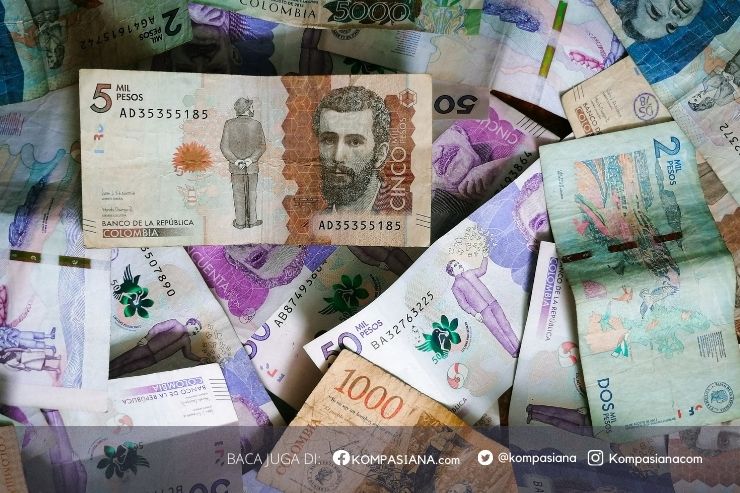Written by: Dinis Dwi Shinta R - Research and Development ISAFIS
A wide variety of ethnic groups are living coexistent worldwide. Migration that has been taking place since centuries ago spurs the spread of these ethnic groups across the globe. Interaction and collaboration among ethnic groups in terms of identities, languages, religions, and cultures in the same place and at the same time will result in a culturally diverse society.
As a result, the society will feel the exposure to multiculturalism. Being one of the phenomena which is widely happening within the society, multiculturalism in fact affects various aspects of society. Speaking of multiculturalism, a lot of people will affiliate it with something like nation's stability---a widely-spoken issue. Meanwhile, this article is going to explain further about one interesting aspect that is affected by multiculturalism, but hardly attains attention and in-depth explanation. That one aspect is the economic development of a nation.
A lot of people hold dear the belief that economic development of a nation only relies on economic factors, such as availability of natural resources, technological innovation, and human capital. Surprisingly, numerous recent studies concluded that cultural diversity also takes part in influencing economic development. It is a contributor, not a result. A study conducted in 2011 by Quamrul Ashraf of Williams College and Oded Galor of Brown University suggested that cultural diversity spurs economic development, while homogeneity slows it down. This conclusion emerged after a study they did showed the correlation between cultural diversity as well as geographical proximity with economic growth from pre-industrial era to the modern era.
Ashraf and Galor managed to examine the great divergence in economic development which occurred during industrial revolution. The rate of western countries' economic development was far outpacing the rest of the world. The ratio between the GDP of the richest and the poorest regions of the world increased from 3 : 1 prior to industrial revolution to an astounding 18 : 1 after industrial revolution. Since then, a lot of notions were contemplated to conclude the main trigger of the West's giant leap in economic development.
Classic studies suggested that it was distinctive cultural norms and values that triggers the West's economic development. Meanwhile, Douglas North and Robert Thomas implied in their book The Rise of the Western World that it was the institution that arose under the democratic development which triggered technological innovation that resulted in economic development. On the other hand, Ashraf and Galor believed that it was a region's openness to other culture that would propel an economic development. To arrive at this conclusion, they developed Geographical Isolation Index to measure two things: the effect of geographic isolation on cultural diversity and the effect of cultural diversity on economic development.
Geographic isolation made it harder for cultural diffusion to take place, so the society felt less exposure to cultural diversity. In pre-industrial era, this kind of society benefited from intense accumulation of society-specific human capital. This let them to develop in the technological paradigm of the agricultural stage. In contrast, after industrialization took place, geographic isolation and economic development were indeed inversely related. The more isolated a region, the less economic development occurred.
It happened because cultural homogeneity and rigidity diminished the ability of the society within this region to adapt to new technological advancement. As a result, their industrialization as well as their economic development were delayed. Turned out, the fact that cultural diversity has a positive impact towards economic development is still relevant until now in the modern era.
Cultural diversity is argued to possess capability in generating increase in GDP and market productivity---the key indicators of economic development. If widely accepted by the society within a region, cultural diversity could increase GDP from services sectors, specifically tourism and education. Besides, cultural diversity also could construct a firm global linkage which will raise market productivity.
Tourism is always a major attraction of a country to draw visitors spending. Respectively, visitors spending will contribute to the increase in GDP. The more the merrier, it is. Oftentimes, tourism is highly influenced by cultural richness of a country. That's why cultural diversity is an important player in strengthening income flow from tourism.
Cultural festivals and events could never go wrong to enhance visitation to certain countries. Compounded with ethnic enclaves, they together broaden tourism offer and capitalize the desire for new and varied cultural experiences. Ethnic enclaves in which people with the same cultural background live in a concentrated area and showcase mother countries' culture will add a comparative advantage with competing tourist destinations.







